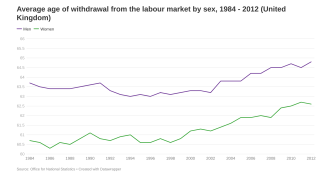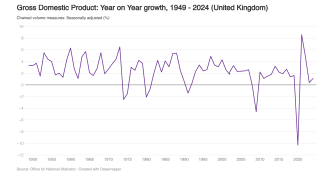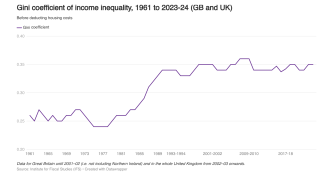Source: Equality and Human Rights Commission – Briefing paper 2: Gender pay gaps
Notes:
- Data from 1970-1997 are from the Office of National Statistics New Earnings Survey (NES), data from 1997-2000 are from the Annual Survey of Hours and Earnings (ASHE).
- All data for full-timers exclude overtime, but part-time figures include the effect of overtime. Prior to 1984, data are for women aged 18 and over and for men aged 21 and over. From 1984, data are for employees on adult rates.
| Key dates | |
|---|---|
| 1970 | Equal Pay Act The first piece of UK legislation which enshrined the right to pay equality between women and men. |
| 1975 | Sex Discrimination Act Legislation protecting employees and workers from less favourable treatment as a result of their sex. |
| 2010 | Equality Act Replacing several pieces of older legislation, including those above, this Act provides legal protection from discrimination in the workplace and in wider society. |
About CLOSER
This page is part of Our Changing Society, a free resource developed by CLOSER to provide detailed information about the historical and political backdrop to study participants’ lives.
CLOSER’s mission is to increase the visibility, use and impact of longitudinal population studies, data and research to ensure that longitudinal evidence is used to address the health, social, economic and environmental challenges facing the UK, now and in the future.
Want to know more?
- Longitudinal News – Sign up to our monthly newsletter to hear about the latest news, blogs, research and events from the longitudinal community.
- Learning Hub – Find information and resources to help you better understand longitudinal population studies and how to use the data.
- CLOSER Discovery – Search and explore data in the UK’s most detailed search engine for longitudinal population studies.



